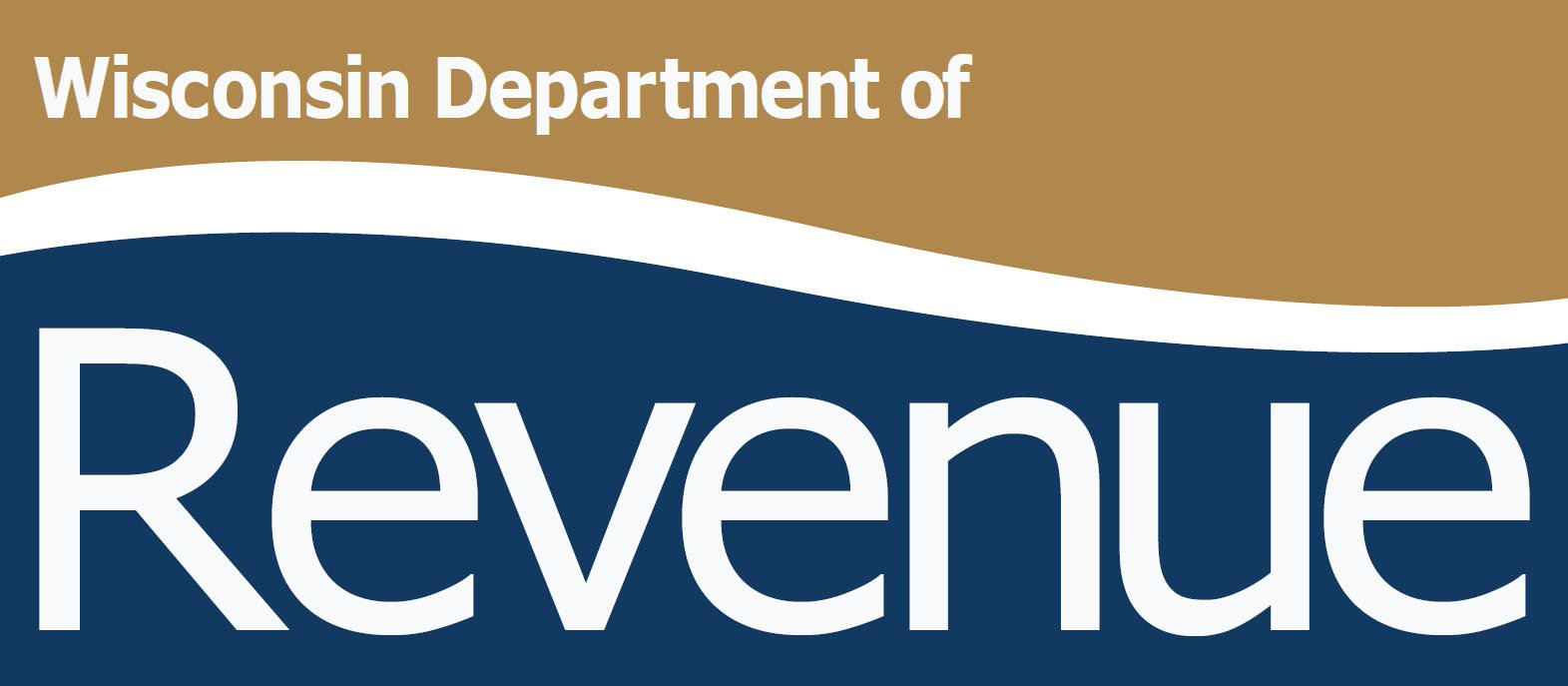Here are the qualifications:
- The credit is based on qualified education expenses which include tuition, fees that are required by the school, books, and equipment required for the classes taken.
- The qualified education expenses must be paid during the year, i.e. either with cash, a check or a credit card.
- The education is for you, your spouse or your dependents.
- The student is attending a qualified educational institution that is post-secondary and pre-graduate level, and is taking classes in order to obtain a degree.
- The credit can only be claimed for the first 4 years of education.
- The student must be considered full-time, which is defined as 50 percent or greater of a full course load.
- The student does not have a felony drug conviction.
- The claimer of the credit cannot be a dependent of another taxpayer or file taxes as Married Filing Separately
This credit is maximized when your modified adjusted gross income (MAGI) is $160,000 (MFJ) or less, and phases out between $160,001 and $180,000 or $80,000/$90,000 for single and head of household taxpayers.
You should receive a Form 1098-T each year from the school which summarizes some of this information for you, such as tuition paid, if the student is full-time, if the tuition was for graduate school, and how much was received in scholarships and grants.
What if the 1098-T Doesn’t Contain Enough Information?
Often the 1098-T does not include critical information that you need to make sure that you or your tax preparer can maximize the credit, such as
- The nature of scholarships and grants, i.e. are they taxable or not? You cannot claim tuition which was offset by nontaxable scholarships or grants.
- The details of tuition paid, such as who paid it, was it paid from 529 plan funds, etc.
- Types of fees charged and were they required or optional?
- Other student expenses, such as books, required materials and supplies, computers/laptops/tablets, etc.
Make sure you provide this additional information to your tax preparer, or if you are preparing the return, make sure you take into consideration all this information.
Guidance on Other Expenses
What about books and materials? Those expenses are usually not on the student’s account. You need to get these costs from the student, and the support for the costs, such as a receipt that shows the title and matches the syllabus for the course.
The cost of materials can also be used to claim the AOTC, such as laptops (if they are required), art supplies, camera supplies, etc. but make sure that you have documentation that indicates the materials are required.
Make sure this tax season to use not only your 1098-Ts but also the detail of each student’s account and support for books and materials expenses to make sure you maximize your American Opportunity Tax Credit.




